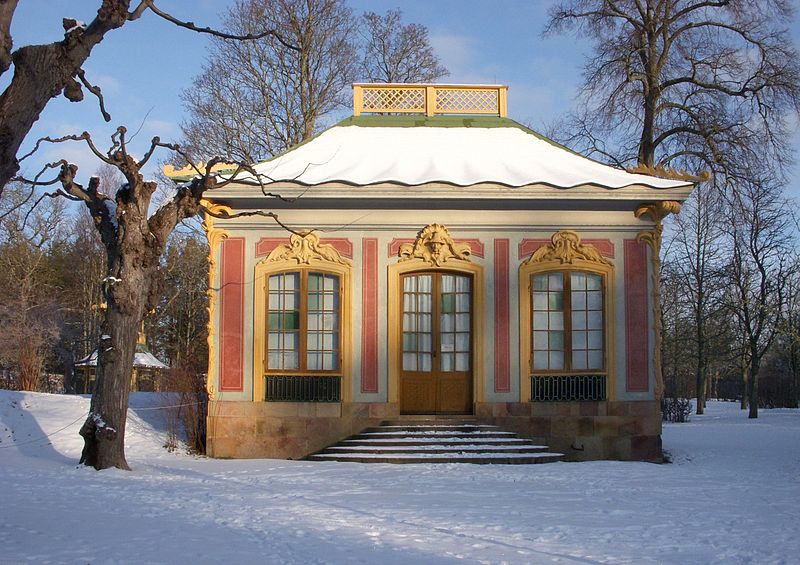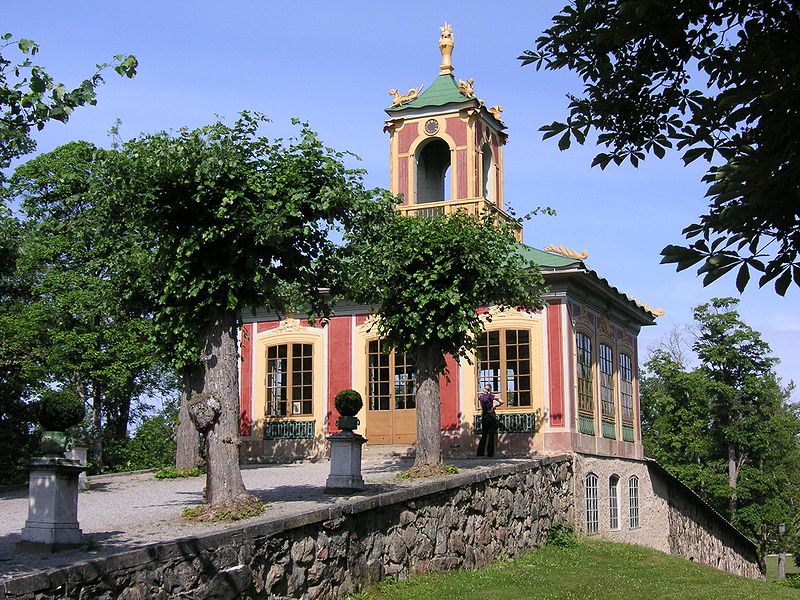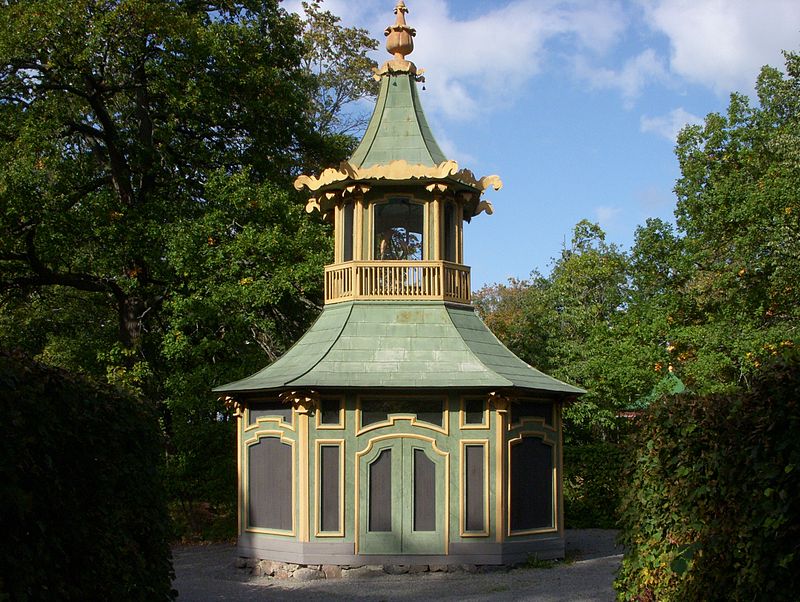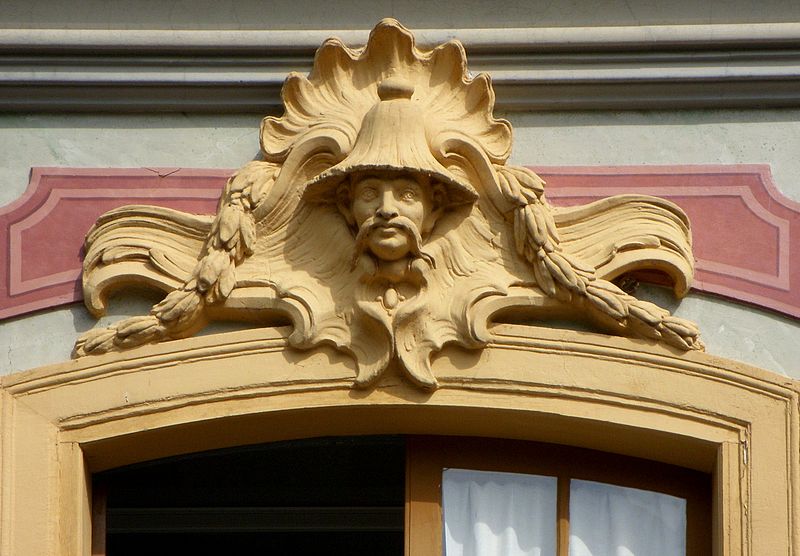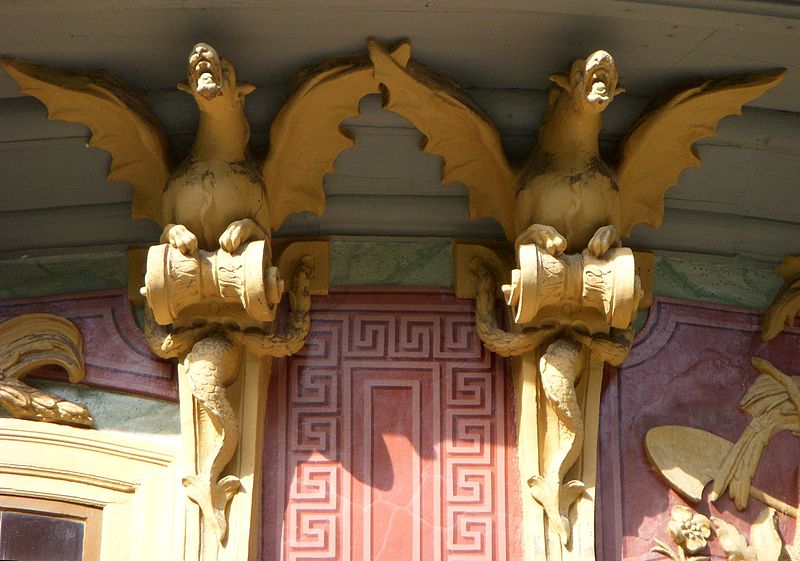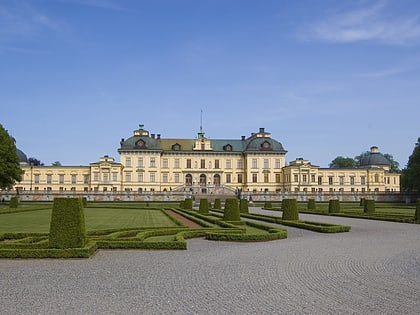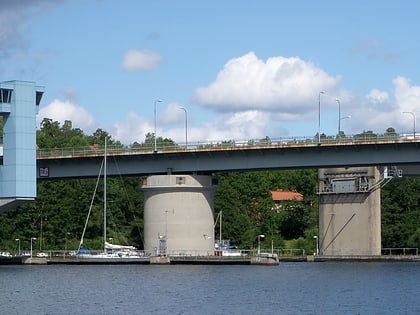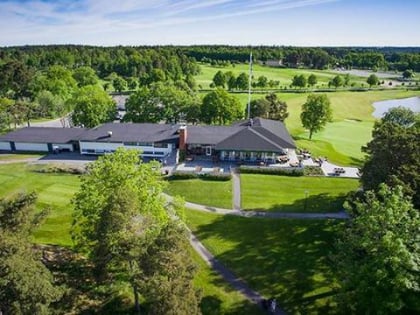Kina slott, Ekerö
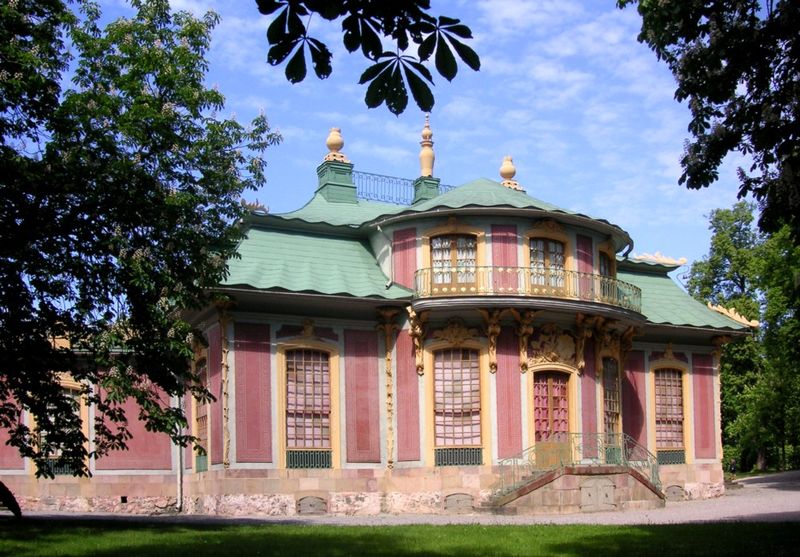
Facts and practical information
Kina Slott, also known as the Chinese Pavilion, stands as an emblem of 18th-century European chinoiserie on the grounds of the Drottningholm Palace park on the island of Lovön in Ekerö, Sweden. This elaborate and intimate royal retreat was originally constructed in 1753 as a surprise birthday gift from King Adolf Frederick to his wife, Queen Lovisa Ulrika.
This Rococo-style castle, adorned with intricate Chinese-inspired decorations, reflects the contemporary European fascination with East Asian cultures and aesthetics. The pavilion is characterized by its rich interiors, featuring lavish rooms filled with hand-painted wallpapers, elegant porcelains, and fine silks that transport visitors to a bygone era of luxury and opulence.
Kina Slott is accessible to the public and serves as a captivating historical attraction for tourists. The visit offers a glimpse into the royal family's private life and leisure, showcasing a collection of artifacts that reveal the 18th-century European interpretation of Chinese art and culture.
The pavilion is surrounded by beautifully landscaped gardens, which further enhance the serene and exotic atmosphere of the site. These gardens are perfect for leisurely strolls, allowing visitors to enjoy the tranquil ambiance and the picturesque beauty of the Swedish countryside.
Ekerö
Kina slott – popular in the area (distance from the attraction)
Nearby attractions include: Drottningholm Palace, Drottningholm Palace Theatre, Nockebybron, Royal Drottningholms Golf Club.


